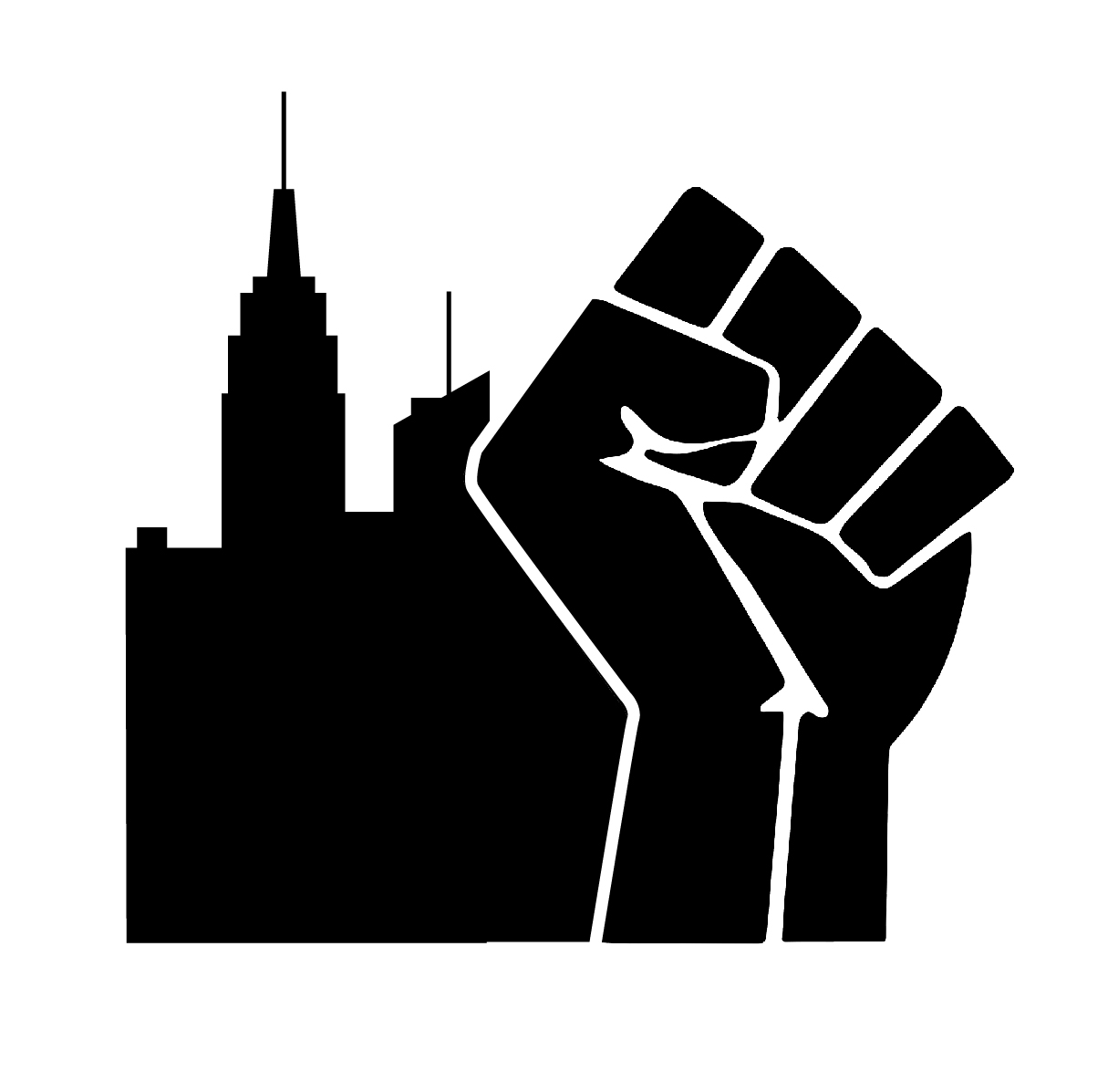It was the sneaker blow-out heard around the world, or at least around the United States. On February 20, 2019, in front of a packed house at Cameron Indoor Stadium that even included former President Barack Obama, Duke basketball’s freshman phenom, Zion Williamson, went down. When Williamson stepped awkwardly, his foot tore through his Nike sneaker, bringing him to the hardwood with a sprained knee. The crowd, which only a few moments earlier was loud with excitement at what promised to be a riveting Duke vs. North Carolina basketball game, fell silent. The faces in the crowd expressed a combination of fear and concern: fear that Duke’s season could be over, but also concern that they may have witnessed the end of a promising career.
Williamson missed five games and is still the presumptive #1 overall pick in the upcoming 2019 NBA draft. Being selected #1 overall would come with a 2-year contract valued around $20 million, in addition to highly lucrative endorsements from numerous companies. With so much talent and future income on the line, some may ask why Williamson would risk injury and bother playing NCAA basketball at all as an unpaid collegiate. The answer is that he has to. Both the NBA and the NFL have rules that restrict athletes from entering the professional leagues immediately from high school or at a young age. Specifically, the NBA requires potential prospects to be a year removed from high school, or 19 years old and the NFL requires potential prospects to be out of high school for three years.
To mitigate the real risks of playing at the college level and getting injured, elite college athletes have been securing Loss of Value (LoV) insurance policies. In layman’s terms, LoV insurance protects elite college athletes from losing money on their first professional contract if they get hurt in college and are drafted as a lower draft pick in their respective draft. Thankfully, Zion Williamson had one of these policies. Williamson’s policy would go into effect if he fell below pick #16 in the draft and it would reimburse Williamson up to $8 million in lost income. In addition to Williamson, many football prospects have also secured LoV policies while in college, including Jameis Winston, Marcus Mariota, and Leonard Fournette.
While on its face LoV insurance looks like an excellent option for elite student-athletes, serious issues with the product make it less reliable than it should be. First, the polices are expensive. A policy like Williamson’s that has a limit, or a max reimbursement, of $8 million likely costs nearly $100,000. More importantly, the second problem is that many claims are not paid out. It’s so rare that when a player actually collects on a claim, the collection is big news in the sports world.
Several claim disputes have also been publicized, including the claims of Marquise Lee and Morgan Breslin. Insurance companies will usually deny the claim up front and hope that the athlete will simply drop their claim after the initial denial. The companies usually deny the claims on the grounds of a “discrepancy” in the athlete’s application paperwork.
For example, when Lee filed his claim, Lloyd’s of London denied it, stating that Lee “hid pertinent medical information that would have voided his policy.” In reality, Lee’s college, the University of Southern California, incorrectly filled out paperwork on Lee’s behalf. Lee was not allowed to directly speak with the insurance provider or fill out information himself. Exacerbating the impact of incorrect forms is that the fact that underwriters in the LoV space utilize “post-claims underwriting.” Instead of completely vetting the athlete’s medical history before issuing the policy, the underwriter will take the athlete’s answers and information upon application for insurance as being correct, and they’ll issue the policy based on those answers. Later, when the athlete makes a claim, the underwriter will then vet the athlete’s application and look for any deficiencies. Usually the insurer will easily find one and cite to a missed medical issue from years ago that the athlete genuinely forgot about or didn’t think they had to include on the application. The insurer will then claim that the athlete’s failure to disclose is a misrepresentation and they will then deny the claim.
To alleviate these injustices in the LoV space, I suggest a few changes. First, state insurance commissioners should prohibit post-claims underwriting in their states. Many states have already prohibited post-claims underwriting in healthcare insurance. This prohibition should expand into LoV insurance. Being forced to do their underwriting at the time athletes are applying for insurance will eliminate many of the insurance companies’ most common defenses when claims are later being made. This change will lead to more claims being paid without litigation.
Second, state insurance commissioners should create standard forms for LoV insurance. Standard forms would help schools assist their athletes in procuring coverage, as the school would only have to learn about one policy form in the LoV process. If applications were filled out more accurately and completely, there would be less instances where insurers could deny claims for misinformation. Much like state insurance commissioners have already prohibited post-claims underwriting in the healthcare space, states like Oregon have also instituted standard forms in the healthcare space. These statutes can be amended to include the LoV space as well.
Collegiate athletes provide an incredible amount of profits to their colleges and amazing entertainment to their fans, all while not seeing a dollar of the profit they produce. They bring thousands of spectators to their feet with their incredible highlights, but they also bring thousands to stunned silence when they’re injured. If they are going to be forced to keep doing this for free, the least we can do is meaningfully protect their future livelihood. Reforms to the LoV insurance market do just that.

